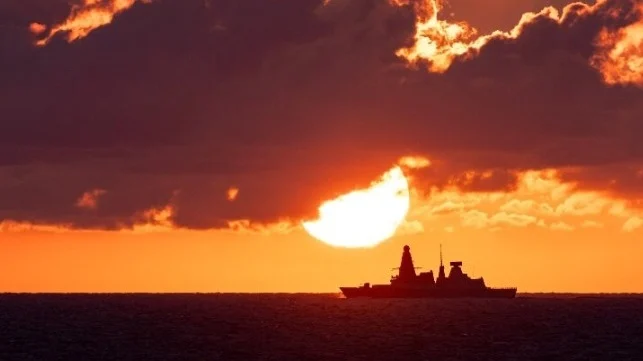The degree of disruption from attacks on shipping in the Red Sea continues to escalate. As of Sunday, more than 280 container vessels – not counting tankers, bulkers, car carriers or other vessel classes – have diverted to the Cape of Good Hope, according to an analysis by Flexport broker Connor Helm.
The leading container lines have announced plans to avoid the risk of Houthi drone and missile attacks by sending boxships the long way around Africa’s southern tip instead of using the Suez Canal. This voyage adds about 10 days and 1,900 nautical miles onto a typical Asia-North Europe service.
According to Helm’s analysis, 286 containerships with a total capacity of 4.1 million TEU have opted to take the longer but safer route. MSC – the market leader – is at the top of the pack with 860,000 TEU diverted, followed by Maersk, Hapag-Lloyd and ONE. As a percentage of total fleet, HMM is the most affected: about one-third of the carrier’s capacity is currently taking the detour.
The overall global fleet isn’t that far behind: about eight percent of all cellular capacity worldwide is tied up by the diversion, according to Helm, and that number will likely go up if security does not improve.
Adding in other vessel classes would increase the number further. Multiple car carrier operators, tanker companies and energy majors have announced plans to stop using the Red Sea for safety reasons.
It is worth noting that the alternate route does not entirely resolve security concerns. On Saturday, an Iranian drone hit the tanker Chem Pluto at a position about 200 nautical miles off the Indian coast, according to the Pentagon. As of Sunday, she was broadcasting not under command at a position about 150 nm southwest of Mumbai, according to AIS data provided by Pole Star.
In an update Sunday, Maersk said that it has enough confidence in the U.S.-led maritime security regime in the Red Sea to begin resuming vessel transits, and is currently working on plans for the first vessels to navigate the waterway.
“Although security measures are in place to enable the transit of vessels, the overall risk in the area is not eliminated at this stage,” the carrier said. “Maersk will not hesitate to once again initiate diversion plans if we deem it necessary.”
Reference: https://www.maritime-executive.com/article/more-than-280-boxships-have-diverted-away-from-red-sea

